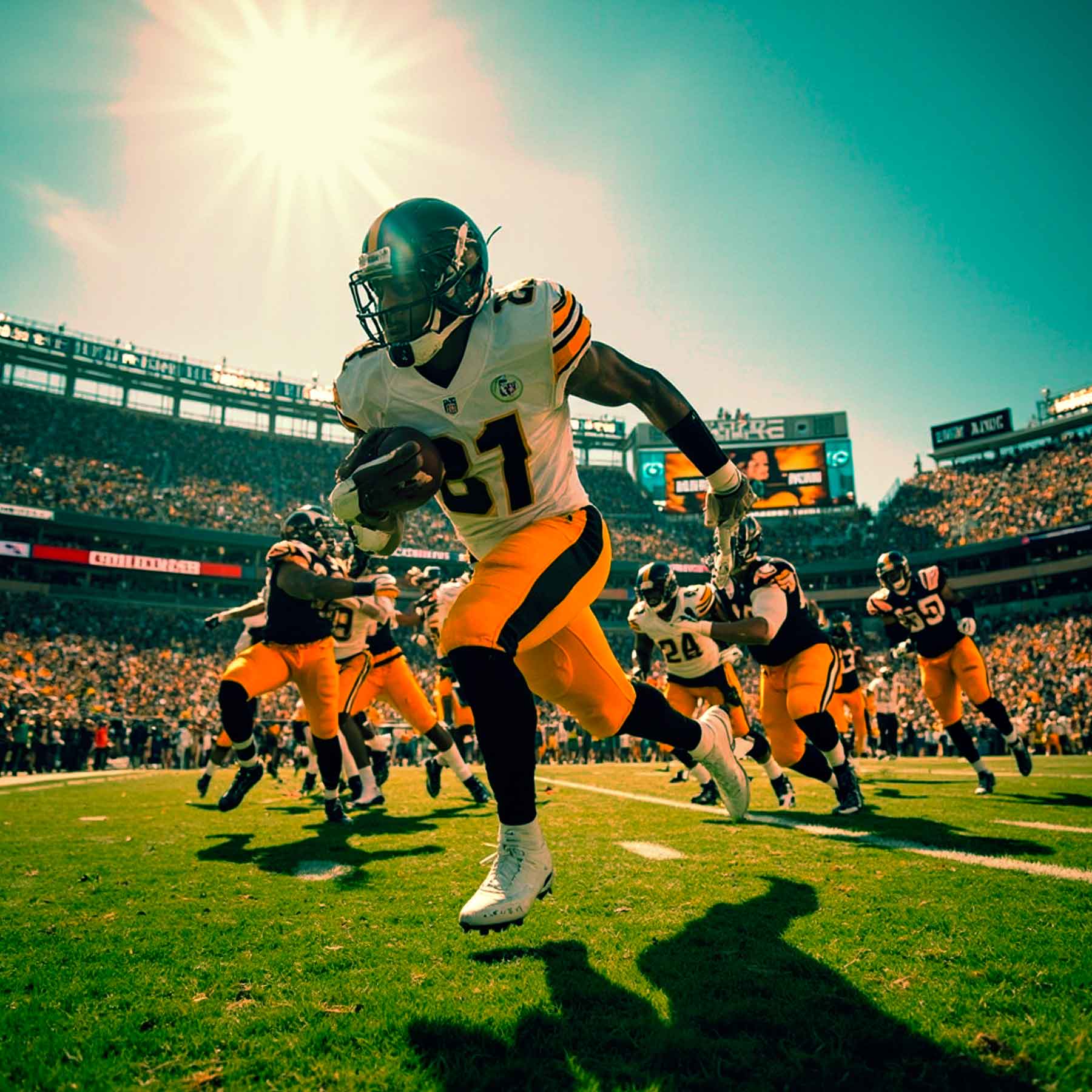Recent trends have seen multiple different sports adding an ever-greater number of events to their competition calendar. These additional competitive events have placed increased demands upon athletes, not only from the performance demands of the sport itself but also from the associated burdens of travel, potential time zone change and sleep disruption, and this can easily lead to the rapid accumulation of fatigue. This increased level of competition frequency shows no sign of being reversed, meaning that, for accumulated fatigue to be addressed and managed correctly, athlete recovery and regeneration is playing an ever more important role in high performance sport.
Athlete fatigue can come from many different sources, including physical, neural, metabolic, psychological and emotional. For that reason, if athlete recovery strategies are going to be effective, it’s essential that we can identify the main stressors that athletes are being exposed to and measure the contribution that each stressor is making to the overall fatigue that the athlete is experiencing. In other words, for recovery protocols to be effective, it’s important that we know precisely what it is that the athlete is recovering from. This means that sports practitioners must accurately assess athlete recovery profiles using identified and valid markers in a multivariate monitoring system, with the overall objective being to ensure that the balance between training, competition and recovery is maintained. Here we look at the role that fatigue monitoring plays in the athlete recovery process.
Monitoring Athlete Fatigue & Benchmarking Recovery is Essential
A certain amount of fatigue is necessary for the development of physical performance. Optimal adaptation to training only occurs when the load is sufficiently large enough to stimulate changes in the athlete which will facilitate a higher level of performance. This adaptation occurs during the restoration periods between exercise, which means that the athlete needs sufficient recovery time to allow regeneration to take place. However, where there is a continuous imbalance of inadequate recovery and excessive physical and mental demands, a sequence of negative adaptations can occur, including under-recovery and non-functional overreaching. If we get the balance between exercise and recovery wrong, or if we re-introduce a load too early in the restorative period, the athlete might be at risk of entering into a negative performance cycle driven by fatigue. This is particularly pertinent during periods of intensified competition, when schedules can become increasingly congested, and there is less time available for recovery. For this reason, it is necessary for performance practitioners to regularly monitor and evaluate the fatigue-recovery status of their athletes, in order to establish a deeper understanding of each athlete’s normal response to load, and so that any potential markers of under-recovery can be quickly identified.
A Multivariate Approach is Needed
Both physiological & psychological measures can provide crucial athlete specific information regarding the balance between fatigue and recovery. The outcome of these measures will guide the decision-making process for recovery activities and ensure an individualized approach to athlete regeneration. This will increase the likelihood of minimizing excessive fatigue, achieving positive training adaptations, and, ultimately, of enhancing performance..
Fatigue, however, is multifaceted and can come from multiple different sources. This means that a single test, performed in isolation, is only likely to assess one particular aspect of recovery. For that reason, a multivariate approach needs to be adopted using a number of different tests, each one designed to monitor a specific category of fatigue and recovery. This will provide the information needed to develop a comprehensive report concerning the athlete’s current restorative status, and ensure that vital recovery data is not missed.
Recovery Testing Needs to be Valid, Reliable and Sensitive
The reason that we employ a test is because we are looking for change. Change, in a fatigue-recovery context, is defined as a valid confirmation of either a deterioration, through fatigue, or an improvement, through recovery, of a measure over a given period of time. When practitioners select certain tests to monitor the fatigue-recovery profile of their athletes, they have to ensure that those tests are both valid and reliable, and that they are sensitive enough to provide a precise indication of the regeneration status of the athlete. The information that we obtain from these tests will inform the training, loading and recovery decisions we make with our athletes, therefore we have to be confident that the data we get from them is accurate. The criteria for recovery testing include:
- Tests have to be proven to accurately identify the level of fatigue being experienced by the athlete, therefore fulfilling the criteria of validity. This means that all assessments of the recovery-fatigue continuum need to be relevant to the physical demands of the sport, or the specific nature of the applied training stimulus.
- Tests must be sensitive enough to measure the smallest worthwhile change in an athlete’s normal profile, providing an accurate interpretation of the current state of recovery and fatigue. This means that consideration should be given to any potential errors in measurement, which can be accounted for using statistical analysis.
- As much as possible the tests shouldn’t add to the level of fatigue being experienced by the athlete or inhibit the recovery process in any way. However, in order to develop a thorough understanding of recovery, testing must be carried out in both recovered and fatigued states, because this will provide a comprehensive reference point for fatigue assessment.
- Testing should not be influenced by any external factors, such as the temperature or other environmental conditions.
- Tests need to be both accurate and repeatable, which are both key components of reliability. Reliability provides a framework around which we can track change, and allows a normal recovery profile for the athlete to be constructed. Using this profile, any deviation from what would be considered to be normal can be identified, which might be an early indicator of under-recovery.
- Testing should be efficient enough to provide simple, quick and valid athlete feedback. Tests have to be practically applied within a sporting environment, and the athlete has to understand the relevance of these tests to their training programme in order to ensure that they ‘buy into’ them.
Fatigue Monitoring Must Be Individualized & Account for the Timeframe of Recovery
Various markers of fatigue and recovery will appear at different stages of the regeneration process, and they may exhibit different timeframes depending on a number of factors. Practitioners must be aware of the relevance of this when they make training decisions based on the outcome of any recovery assessment. For example, measuring the concentration of creatine kinase in the blood is sometimes used as a marker of recovery, however, creatine kinase can take up to 48 hours to reach its peak. Therefore, any test for CK concentration taken before this time may underestimate the level of recovery in the athlete, which could lead to a training decision being made based on incorrect data and a misleading assessment of the athlete’s recovery status.
In addition to this, the degree of fatigue being experienced by the individual and the time course of functional recovery can vary greatly from athlete to athlete. This can be dependent on a number of factors, including the size of the load that the athlete has been exposed to, the training status and age of the athlete, the genetic predisposition of the athlete, additional external stressors such as family or social life, and the quality of recovery strategies which have been used between training. Therefore, it is important that any assessment criteria used to benchmark recovery makes allowances for these intrinsic and extrinsic factors. This will allow fully individualised and situation specific recovery strategies to be selected in order to address the recovery needs of each individual athlete. Practitioners should avoid benchmarking recovery in isolation, but always as a regular and normal part of the athletes training routine. Using this framework, enough data can be gathered to establish the normal recovery profile of the athlete, and this will provide a better understanding of their normal training responses. For that reason, recovery assessment should be performed 24-, 48- and 72-hours post-competition. If an athlete’s recovery profile deviates away from their usual adaptation timeframe, this may help to identify the early onset of under-recovery or non-functional over-reaching.
Summary
One of the central pillars of an effective recovery strategy is to have a comprehensive monitoring system in place, one which is designed to assess an athlete’s level of fatigue, and to ensure an appropriate balance between stress and recovery. If we can establish the recovery status of the athlete, it means that we can then plan our subsequent training programme for that athlete with a higher degree of accuracy. Fatigue is multifaceted and can come from multiple different sources, which presents a significant challenge to the fatigue-recovery monitoring process because a single test, performed in isolation, will only assess one particular aspect of regeneration. For that reason, a multivariate approach needs to be adopted, using a range of tests, with each one designed to monitor a specific category of fatigue and recovery. If practitioners are able to accurately assess fatigue relative to the physical demands of the sport, and monitor the fatigue-recovery profiles of athletes using identified and valid markers, this can enable them to gauge the levels of fatigue being experienced by the athlete, and increases the likelihood of avoiding excessive load and under-recovery.
In PART II of this series, we will look at some of the tools and systems that can be used to benchmark recovery in an athlete, and explore how these tools can be applied as part of a multivariate monitoring system to ensure that restoration is optimized and performance levels are maintained.
To learn more about using Apollo, visit www.apollov2.com or email info@apollov2.com.
Written by Adrian Lamb, ApolloV2 Sports Scientist




